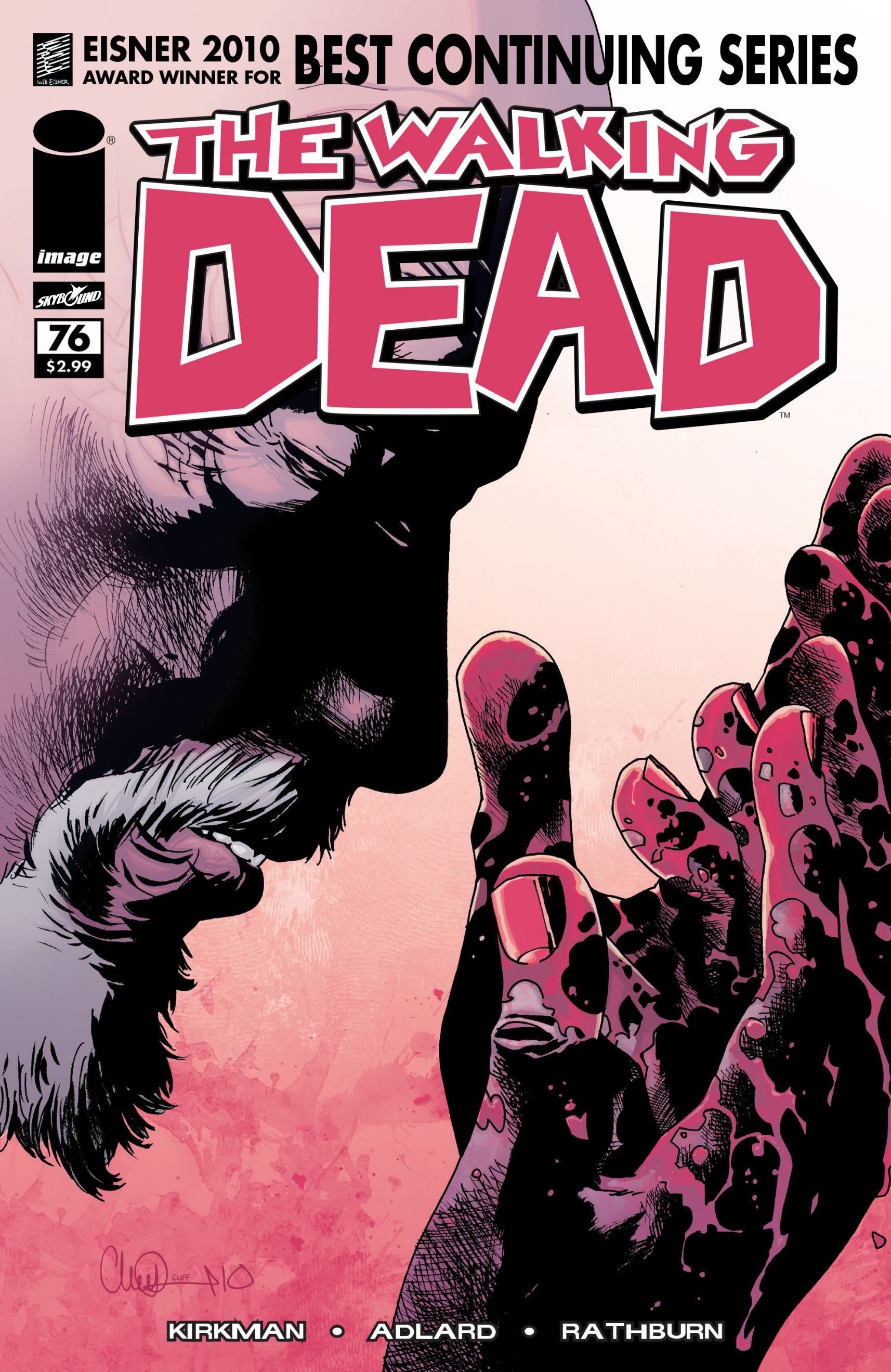 Book #19. Billion Dollar Batman, by Bruce Scivally.Paperback.
Book #19. Billion Dollar Batman, by Bruce Scivally.Paperback.Following up on similar books on James Bond and Superman, Bruce Scivally produced an in-depth look at almost all of Batman's non-comic-book appearances over the first 70+ years of his existence. He starts with the radio show and the original movie serials from the early days of Batman.
Of course, a large section of the book covers the 1966 Adam West TV show. Scivally does a good job defining and describing the nature of "camp," and discussing the sensation that was the first year of that show. The fast fade of popularity is also covered, and this section is one of the most fascinating in the history of the Caped Crusader, and Scivally does a good job presenting this era.
The wonderful DC animation of the 1990s and 2000s does not get the coverage that I think it deserves, as I sense Scivally wanted to devote more pages to the recent big screen versions. The Burton and Schumacher era is covered in depth, and the behind-the-scenes shenanigans about the rotating cast of Batmans in that era is an interesting read. The book was released after The Dark Knight, so the last film in the Nolan trilogy is not covered.
There is a very brief discussion of the disastrous Catwoman movie and the attempts to bring Batman o television in the early 2000s, which were also interesting. The book is thorough and detailed, and Scivally has definitely done his research in putting this book together.
This is an "unofficial" work, which has advantages and disadvantages. On the plus side, Scivally is able to be more objective, not telling DC's or Warners' "side" of the story. On the other hand, there are only a few illustrations and photos in the book, and it does suffer from that. But on the whole, having the depth and detail outweighs Scivally's inability to include more pictures in the book.
Source: public library







